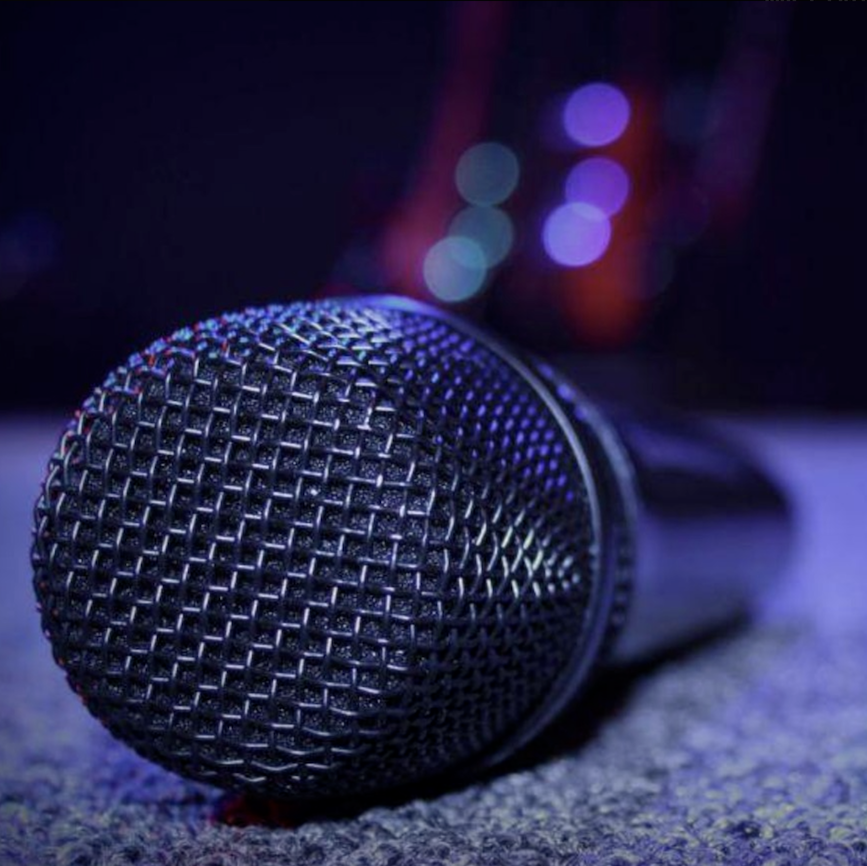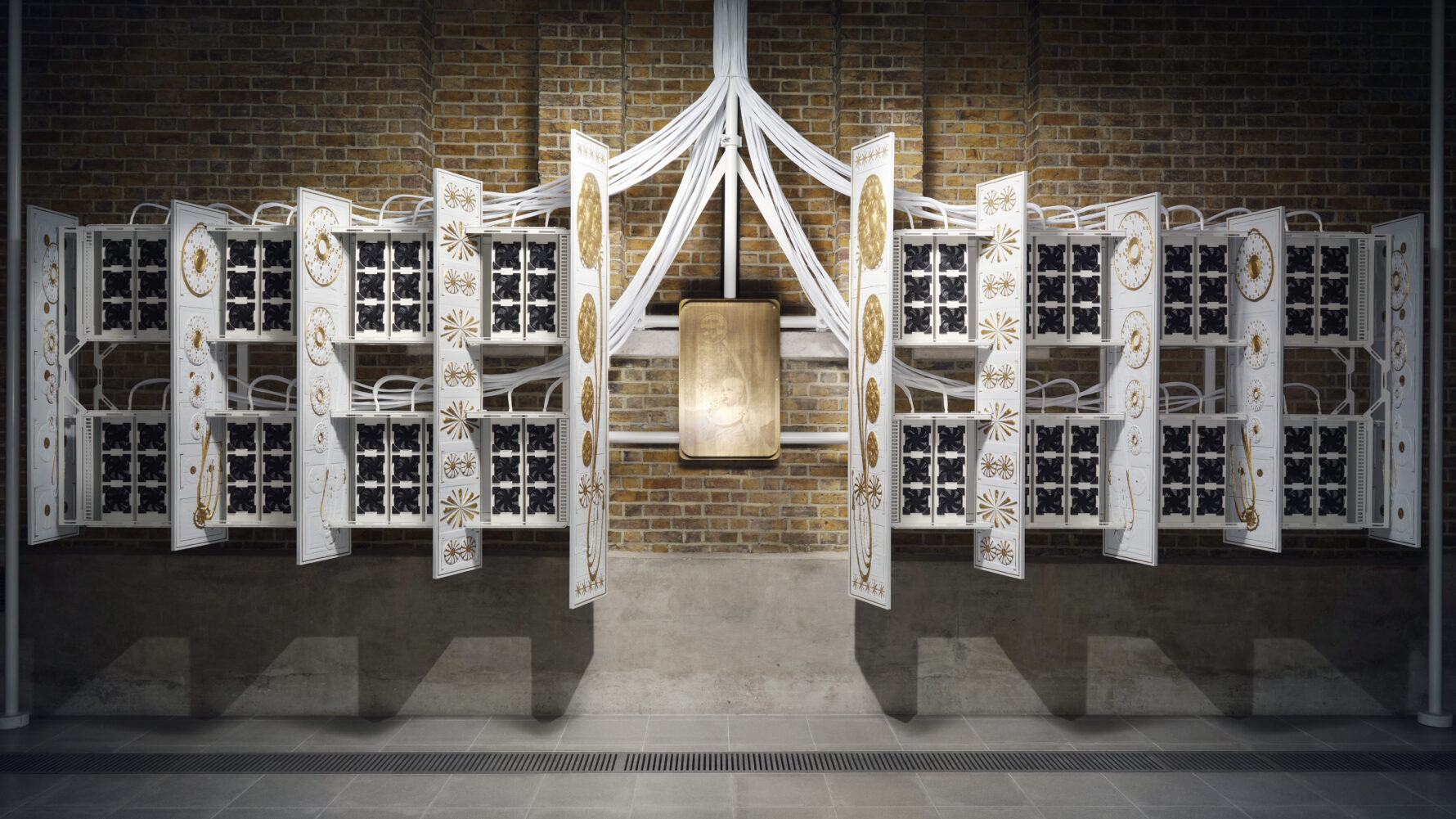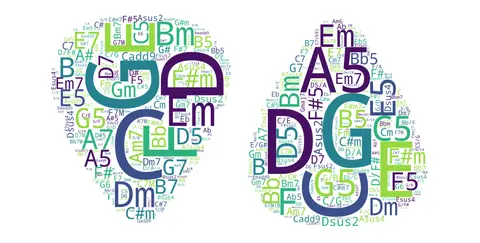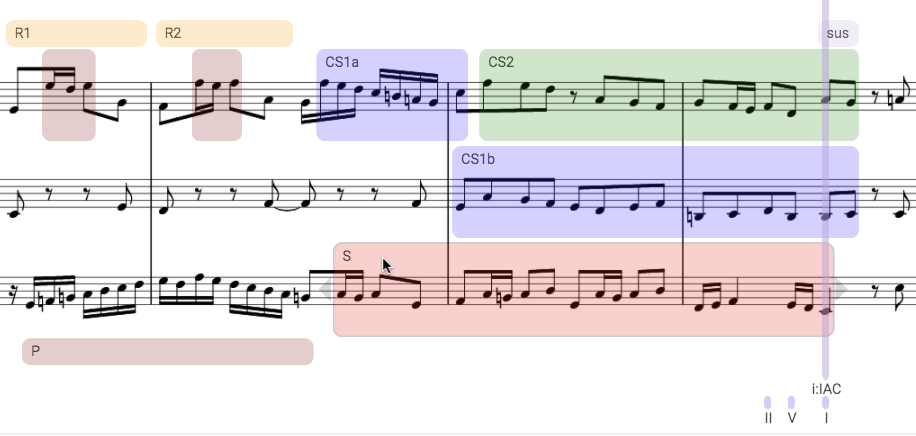MICCDroP: Mixed Initiative Co-Creative Design for Long-Term Human-AI Musical Partnerships explores AI methods for lifelong learning and agent personalization within music generation, using reinforcement and curiosity-driven learning. The impact of these long-term adaptations will then be critically evaluated during artistic collaborations, through the lenses of ethnographic studies and computational creativity theory.
Project members: Ken Déguernel (PI, CR), Florent Berthaut (MCF HDR), Claudio Panariello (Post-doc), Ziyun Liu (PhD student)
➡️
Website (soon)



